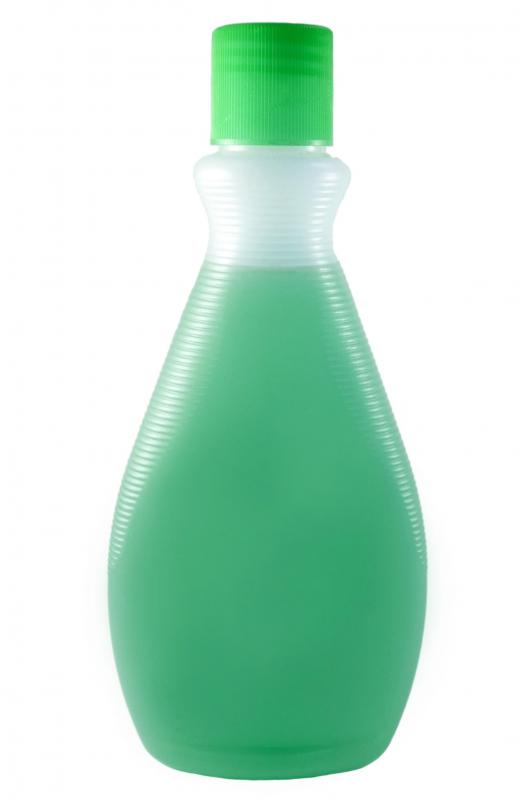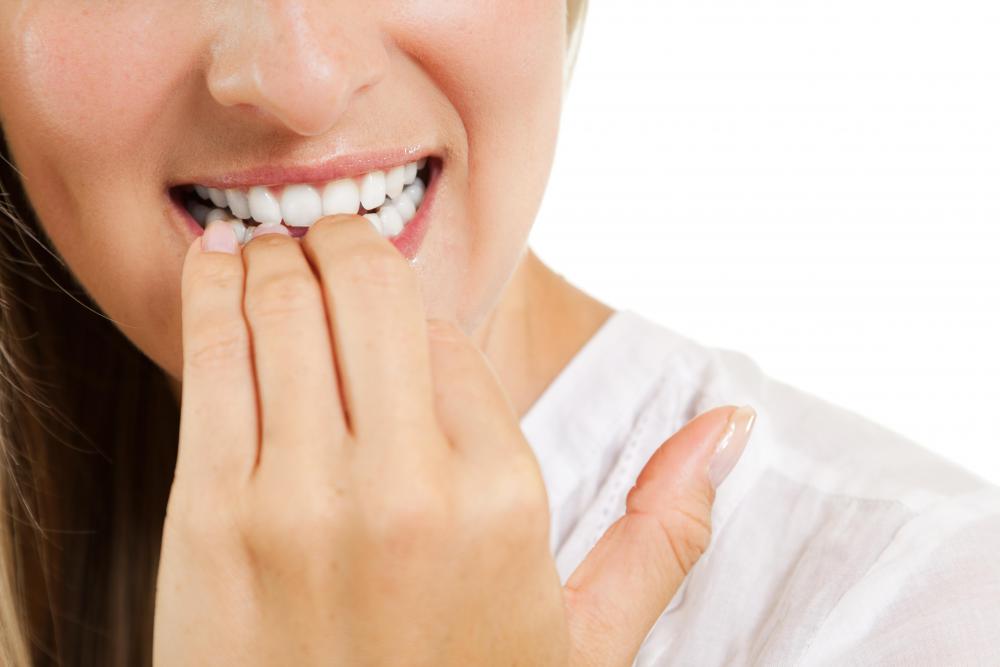At TheHealthBoard, we're committed to delivering accurate, trustworthy information. Our expert-authored content is rigorously fact-checked and sourced from credible authorities. Discover how we uphold the highest standards in providing you with reliable knowledge.
What is a Nail Bed?
To understand what a nail bed is, it is best to first have an idea of the function and anatomy of the entire nail. The nail is made up of a number of parts. There is the cuticle, which holds the nail to the finger; the nail plate, which is the main part of the nail; and the generally crescent-shaped lunula, or nail root, located near the cuticle. Parts around the nail include the perionychium, found on the sides of the nail, where hangnails and ingrown nails occur, and the hyponychium, found underneath the front part of the nail plate, where the skin connects to the finger. The nail bed, also known as the quick, lies underneath the nail plate.
The overall function of a nail is to protect our fingers, as well as to help us feel what we touch with more sensation. Every part of the nail is important in its own way. The nail bed is responsible for the development of the nail plate. The cells that are in it produce keratin, which builds up in layers and develops into the hard nail plates we have on the toes and fingers.

Nails can also reveal certain aspects of our health. If a nail bed is injured, the nail might develop white spots, although these spots generally diminish over time. Some indications can be more serious. For example, one symptom of the inflammatory skin condition psoriasis is the separation of the nail plate from the bed. This same symptom can also be caused by a response to certain medications.

People who have diabetes should be especially cautious of any nail injuries or infections in the nail bed. As with any possible medical condition, an examination by a physician should be scheduled in order to confirm a diagnoses and proceed with treatment. Signs of an infection include redness, swelling, pressure, and a hot or burning feeling in or around the nail.

Although not all nail bed problems are avoidable, there are certain steps that can be taken to help protect them from damage and infection. Habits such as nail biting and chewing should be avoided, as they can directly damage the nail bed and allow for bacteria to enter the nail. Nail polish remover should be used sparingly, as it tends to dry out the nail, which can lead to splitting of the nail, and the introduction of bacteria.

Using a nail hardener is a good way to help build up the strength of the entire nail. This will protect the bed as well. Healthy nail beds help keep the entire nail intact and smooth, which results in a nice looking nail, and improved sensation and dexterity in the fingers.
AS FEATURED ON:
AS FEATURED ON:

















Discussion Comments
Also, if you visit a salon to have acrylic nails put on, it's especially important to make a return appointment to the salon if you'd like to remove them. Many people attempt to remove their acrylic nails at home using nail polish remover and prying or pulling on the acrylic. This can cause serious nail bed damage, infection, and more. The professionals at a salon can remove the acrylics quickly and effectively, with minimal damage to the nail.
Post your comments